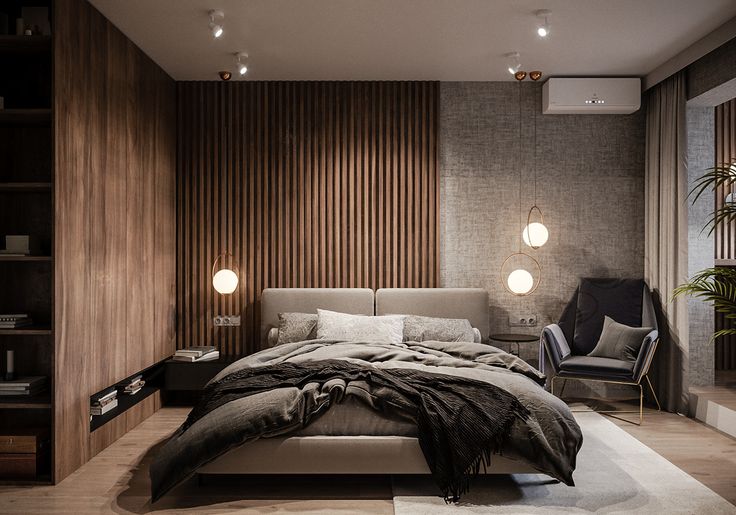When it comes to our bedrooms, we often think of them primarily as spaces for sleep. This raises an important question: how can we design our bedrooms to promote restful sleep? I want to share some essential design elements that can enhance your sleep experience.
The Role of Lighting
One of the most critical factors in bedroom design is lighting. There are three main types of lighting: warm white, natural white, and cool white. For optimal sleep, it’s essential to use warm white lighting. Why? Our brains are evolutionarily programmed to respond to natural light patterns. In the evening, as the sky takes on an orange hue, it signals our bodies that it’s time to wind down. This is why warm white lighting is crucial; it helps our brains relax and prepares us for sleep.
In contrast, the blue light emitted by electronic devices is harmful before bed, keeping our minds alert. Therefore, it’s best to avoid using screens in the hour leading up to sleep.
Choosing the Right Curtains
Curtains play a vital role in blocking out light, especially early morning sunlight that can disrupt sleep. It’s essential to choose blackout curtains, which are thicker and designed to block as much external light as possible. A study from 2011 highlighted that a darker room promotes higher melatonin levels, leading to deeper sleep. By blocking outside light effectively, blackout curtains ensure that you can enjoy a peaceful night’s sleep.
Soundproofing Your Space
Noise is another significant disruptor of sleep quality. Research indicates that we can achieve the best sleep quality with sounds under 20 decibels. To minimize noise pollution, consider these tips:
- Double-Glazed Windows: Installing double-glazed windows can significantly reduce outside noise, as the air gap between the two glass panes acts as a buffer.
- Heavy Curtains: Thick curtains not only block light but also absorb sound, reducing echo and creating a quieter environment.
- Acoustic Panels: If noise from adjoining rooms is an issue, consider installing designer acoustic panels that can help dampen sound.
- Flooring Choices: Thick carpets can also absorb sound, creating a quieter atmosphere in your bedroom.
Selecting the Right Color Palette
The colors in your bedroom can significantly impact your sleep quality. According to research by the Sally Foundation, bold colors like red, yellow, or dark green can decrease sleep quality by up to 20%. Instead, opt for soft pastel shades or neutral colors such as light blue, light green, beige, or gray. These colors are calming and can help you sleep better, potentially increasing sleep duration by up to 30 minutes.
Maintaining an Ideal Temperature
The ideal temperature for sleep is around 20°C (68°F). Ensure your air conditioning unit is placed in a way that cool air doesn’t blow directly on you, as this can create a chilling effect that disrupts sleep quality. For room sizes up to 150 square feet, a 1-ton AC unit is sufficient. For rooms up to 250 square feet, a 1.5-ton unit is recommended.
Final Thoughts
Designing a bedroom conducive to sleep involves careful consideration of lighting, sound, colour, and temperature. By focusing on these elements, you can create a sanctuary that promotes restful sleep.

